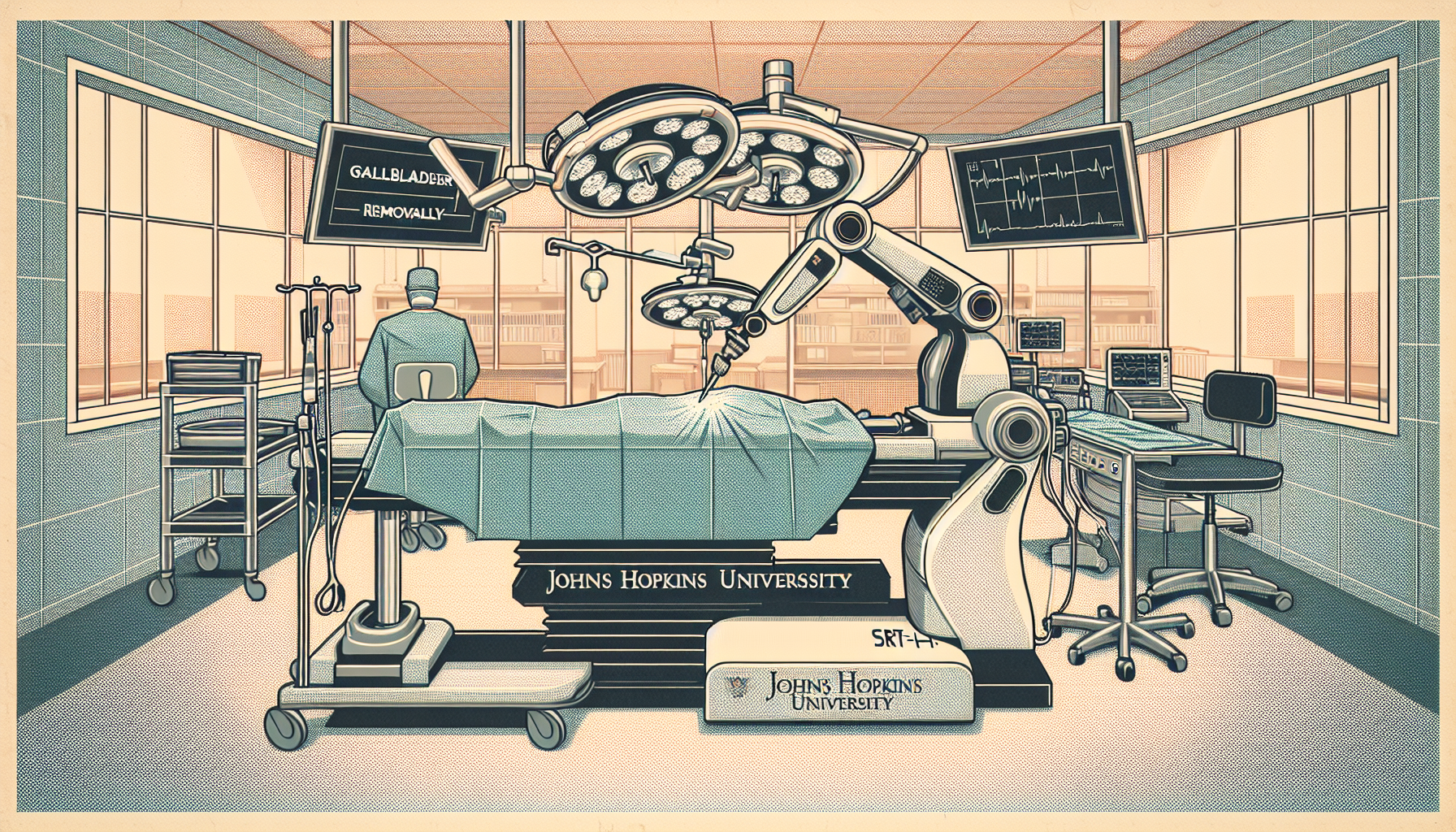In a quiet operating room at Johns Hopkins University, an extraordinary event has taken place. For the first time in history, a surgical robot—known as the SRT-H—has independently performed a full gallbladder removal. Every step, every decision, was made by the robot itself, with accuracy and sensitivity equal to a skilled human surgeon.
The SRT-H Robot: What Makes It Different?
The SRT-H is not just another tool for doctors. It is a true pioneer, marking a new age for surgery. Early surgical robots required human hands to guide every move. By contrast, SRT-H operates on its own. It listens to commands, but its hands are its own. During its trials, it was able to carry out each task without any physical human help.
To learn how to perform surgery, SRT-H was trained using detailed videos of real operations. Step by step, it studied the full 17-part process of gallbladder removal. It learned to find the right blood vessels and ducts, apply clips, and cut tissue with surprising precision. This careful training allowed the robot to master the entire procedure on lifelike models and anatomical samples.
Eight times the SRT-H performed this complex surgery during testing. Eight times it succeeded, with zero mistakes. The system doesn’t just perform a pre-scripted routine. Instead, it watches and reacts in real time, adjusting if anything unexpected happens—much like a human surgeon dealing with change or complications.
The robot’s intelligence is built on a special kind of artificial intelligence—a hierarchical framework. This means the SRT-H can plan for the whole operation, breaking it down into manageable parts and handling issues as they arise. It is this blend of planning and adaptability that allows the robot to operate with such skill.
The Significance of This Achievement
The successful demonstration of SRT-H’s abilities is a turning point for the world of medicine. Where once robots only assisted, we now see a machine capable of performing complex surgery—calmly, accurately, and without tiring. This breakthrough holds breathtaking promise for the future.
- Greater precision and safety: The SRT-H can operate without the fatigue, hesitation, or errors that sometimes affect even the most experienced surgeons.
- Access to quality care: Many regions lack enough skilled surgeons. Robots like SRT-H may one day deliver expert surgical care to remote areas, rescue zones, or places where medical staff are limited.
- Expanding possibilities: Johns Hopkins researchers are already preparing to teach SRT-H a wider range of surgeries, seeking to push its capabilities even further.
- Looking ahead: While the system has only been tested on models and animal tissue, the team hopes to begin trials on real patients within the decade—a step which could change the face of surgery worldwide.
Setting a New Standard for Surgery
For years, robotic surgery focused on providing extra hands to human teams or handling repetitive, simple jobs. The arrival of the SRT-H shifts expectations. Here is evidence that a robot, guided by advanced AI, can perform a whole operation by itself—understanding, reacting, and deciding just as a human would.
This advance stands on years of progress in machine learning, computer vision, and robotics, now woven together into a single, reliable system. The success of SRT-H hints at a future where autonomous surgical robots are trusted team members in the operating room.
The journey is only beginning. But in the story of medicine, the day when a robot first removed a gallbladder on its own will be remembered as the dawn of a new era—one where technology and healing come together, offering hope and healing for millions yet to come.

Leave a Reply